Treatment of carrots with kerosene from weeds and pests
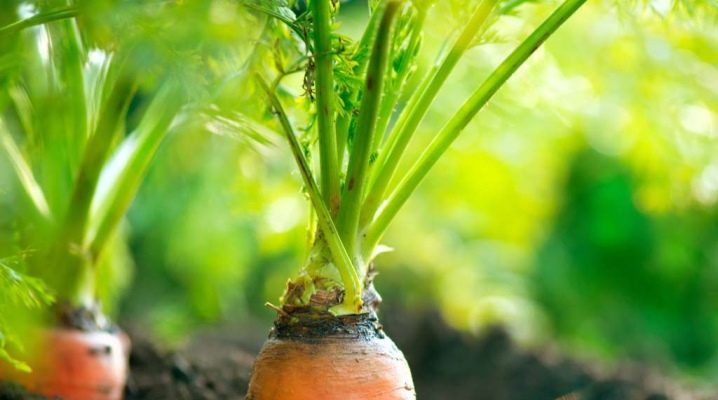
The use of kerosene for chemical weeding began in 1940. The substance was used to treat not only the beds, but also entire carrot fields. With the help of agricultural technology, spraying was started in the early stages of root development, until the first shoots appeared. It is possible to achieve efficiency through this method only if the concentration of kerosene is high. However, it should be remembered that this is an explosive oil product that is difficult to transport and store.


Pros and cons of processing carrots with kerosene
Kerosene is a flammable liquid obtained in the process of direct distillation or rectification of oil, has a yellowish tint and a pungent odor. It is usually used as a fuel. In addition, kerosene is an excellent herbicide, capable of removing almost all weeds. Wild dill, chamomile, ordinary cutter and horsetail do not lend themselves to its action. In vegetable growing, this folk remedy is also used to kill insects.
In agriculture, as a rule, lightweight or tractor kerosene is used. It does not harm the soil, because it does not accumulate in it, but evaporates in 7-14 days. Also, its smell is not absorbed into the roots.
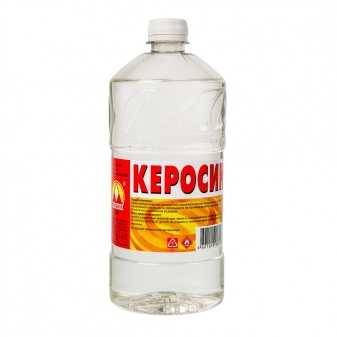
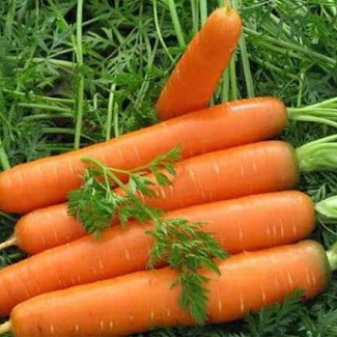
It is only necessary to process carrots with fresh kerosene stored in a closed container, since toxic substances can form in it from contact with air.
Pros of kerosene:
- the fight against grass passes quickly - within 1-3 days after treatment, the weeds burn out;
- does not affect root crops;
- easy to use;
- low price.
Minuses:
- can harm human health if precautions are not taken;
- does not affect all types of weeds and not all harmful insects.
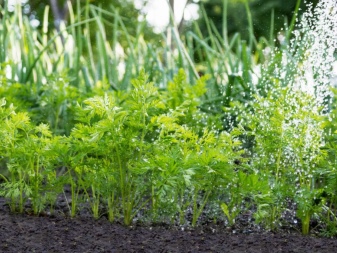
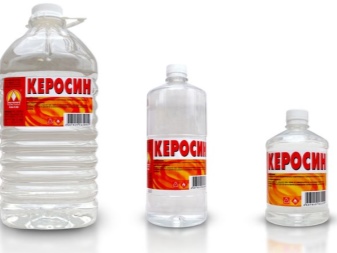
How to make a solution?
The earliest spraying is best done before the first seedlings sprout. The ideal time to re-cultivate the beds is the period after germination, when the first leaf has already appeared on the carrots. It is at this time that the grass has time to grow above the root crop, thanks to which the sprouts are protected from direct drops. The deadline is the appearance of the third leaf, but then it must be borne in mind that you may not have time to re-spray the seedlings. In the earlier period, when the opening of the cotyledon petals has just occurred, chemical watering can lead to stunted growth of plants or cessation of development.
You can water the sprouts only in dry weather, when the dew has already dried on the tops. Water on seedlings mixed with kerosene can burn the leaves. As for weeds, the substance will simply be washed off from them, or the concentration will decrease and there will be no proper effect. To achieve the desired result, the roots must stand dry for at least 24 hours before watering and 24 hours after. Also, do not start work in windy weather, there is a risk of drops falling on neighboring beds.
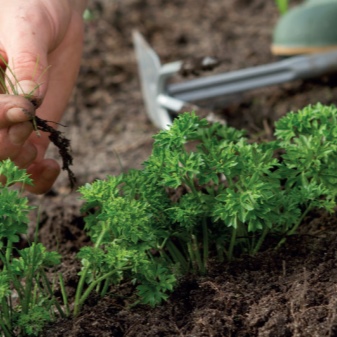
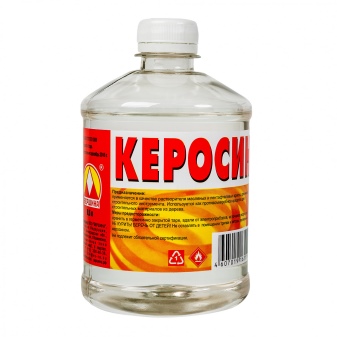
For spraying weeds, kerosene does not need to be diluted, standard proportions are 100 milliliters of herbicide per 1 m2 of land. In order to treat insects from carrots, the substance is diluted with water.
Sequencing.
- First you need to pour the kerosene into a plastic container with a spray bottle.
- The next step is to thoroughly spray the grass and ground with the herbicide.
- After 1-3 days, the weeds will burn, they need to be removed, and the earth between the rows should be loosened.
- 14 days after chemical watering, it is recommended to pour salt water over the roots (1 tablespoon of salt in a bucket of water). Using this method, you can increase the amount of carotene and sugar in carrots, as well as increase the immunity of seedlings to insects and weeds. Proper watering is also important here - not at the root of the plants, but between the rows.
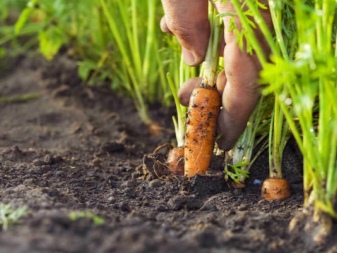
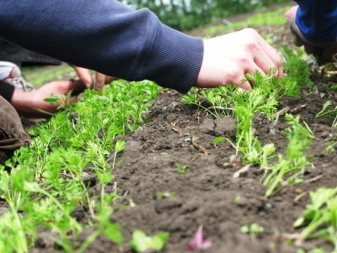
Weeds
Every person who has planted carrots at least once has an idea of how fragile the seedlings are and how easy it is to pull them out along with the weeds. Kerosene is an indispensable chemical weeding agent. This herbicide is suitable only for carrots, for all other crops it is destructive.
To weed out the weeds, the herbicide is used in high concentration, that is, undiluted - 100 milliliters of pure kerosene per 1 m2 of land. You need to spray with a spray bottle with a fine spray, large drops are undesirable. If you still have doubts about the safety of using a concentrated substance, you can pour the root crops with a solution - a glass of kerosene on a bucket of water. But the effect from it will be rather weak, and the weeds will not completely die.
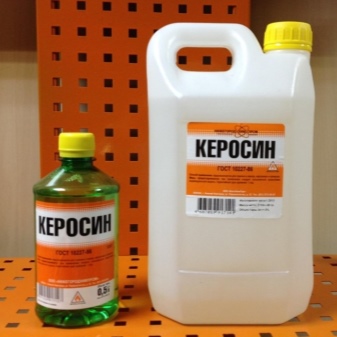
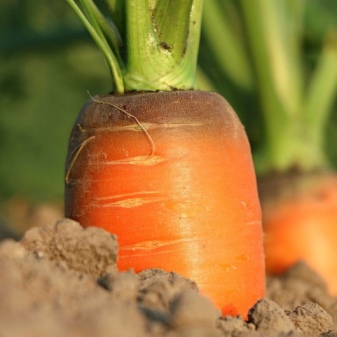
From pests
Spraying kerosene on carrots is very beneficial because it helps to eliminate insects.
- Carrot fly - a very prolific pest that can destroy all plantings. Its larvae settle inside the carrot fruit, due to which the plant loses its appearance and taste. Eaten vegetables begin to rot right in the garden. The fruits are also not subject to storage - they quickly deteriorate. Fighting the pest with other chemicals is unsafe for health, as insects live inside carrots. Therefore, prophylactic treatment with kerosene is considered optimal. The smell will scare off flies, preventing them from breeding.
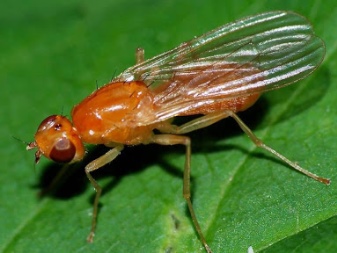

- Aphid - a dangerous harmful insect that feeds on plant sap. First, the carrot tops begin to change shape and curl, a cobweb appears, and the fruit itself ceases to develop normally. In addition, the roots of the plant may begin to rot, since aphids are a carrier of fungal infections. The pest is located closer to the ground, near the base of the tops.


- Medvedka - an insect of large size, has powerful teeth, shell and wings. She moves along underground passages, which she herself digs. The pest feeds on carrot roots, also drags them into its hole, leaving only the tops on the surface of the garden. In addition to the ruined root crop, due to underground passages, a garden bed may collapse during watering. In the case of a bear, a solution of kerosene must be poured into the holes every day, 1.5 tablespoons.
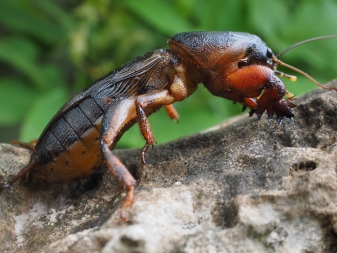
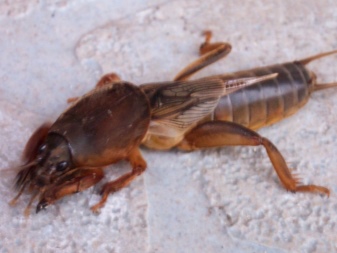
There are two ways to dilute insect herbicide.
- In the first method, 250 milliliters of kerosene is added to 5 liters of water. Half a glass of the resulting solution must be poured under one carrot bush.
- The second method is more complicated - kerosene is mixed with laundry soap. Such a mixture is capable of destroying not only the pests themselves, but also their larvae and eggs. For cooking, you need to boil 1 liter of water, then add 5 grams of soap. Then the liquid is cooled to 50-60 ° C and kerosene is slowly introduced, stirring constantly. The end result is a cloudy and thick solution. Before processing the carrots, the mixture is diluted with another 3 liters of warm water. Spraying is carried out at least 4 times.
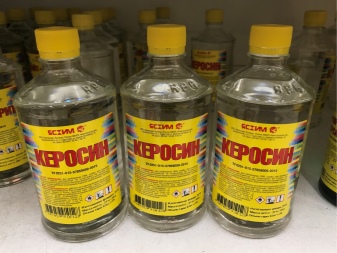

Precautionary measures
Kerosene is a poisonous explosive liquid, so some rules must be followed when working.
- The liquid bottle should be stored in a cool, dark place. Direct sunlight, storage near fire and heating appliances is unacceptable. After work, the container must be tightly closed, since contact with air can provoke the appearance of toxic substances in the liquid.
- If you plan to dilute kerosene indoors, it is necessary to create constant air circulation (open windows and doors). This will avoid poisoning and fumes from fumes.
- Work without gloves and a respirator is inadmissible.
- Since kerosene is an explosive substance, you must not smoke near it. Also, food and drinks are not allowed near the herbicide.
- If kerosene comes into contact with the skin first it is washed off with running water, and after that the place is washed with soap.
Many summer residents have long been using kerosene, it is well suited for the prevention and destruction of pests and weeds. But it is worth remembering that the substance is not a panacea for all weeds.
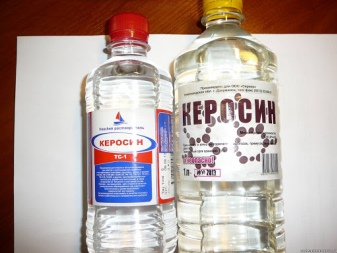
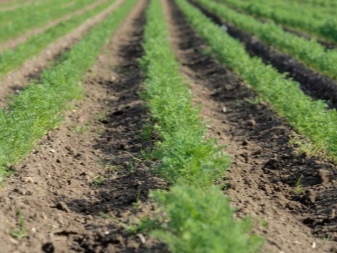
You can buy the herbicide at any hardware store or in paint, varnish and solvent stores.
In the next video, you are waiting for the treatment of carrots with kerosene from weeds and pests.













The comment was sent successfully.